- Advertise
-
Subscribe
All About Piña Colada
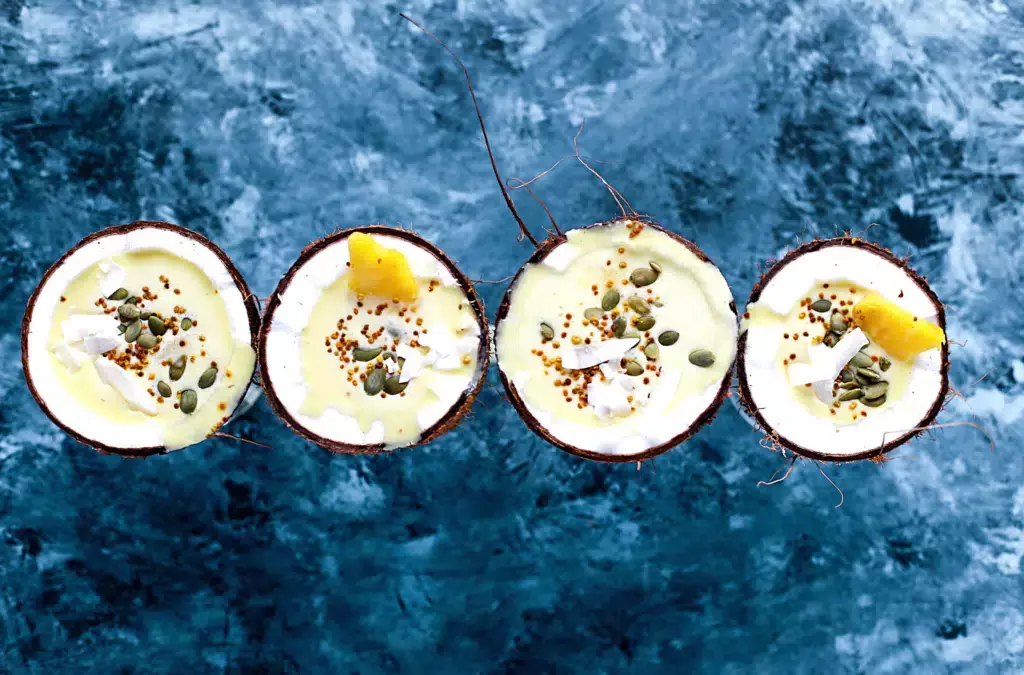
The humble piña colada is a favourite among holidaymakers and Happy Hour aficionados, and it’s no wonder why.
The cocktail’s oh-so-smooth blend of coconut cream and light rum slips down dangerously easily, earning it a top spot among the most googled cocktails in the world, second only to the classic mojito.
Translating to ‘strained pineapple’ in English, the drink’s hispanic heritage is hinted at in its commonly mispronounced title (sorry, someone had to say it).
Besides the correct pronunciation of ‘piña’, there are probably a few other things you have yet to learn about Puerto Rico’s official national tipple.
Without further ado, here’s your five minute guide to all things piña colada.
History
The history of the piña colada has been the source of much controversy over the years, though its Puerto Rican origins are undisputed.
Three of the island’s bartenders have claimed ownership over the drink, though the most commonly accredited of them all is Ramon Marrero, a mixologist at the famous Caribe Hilton.
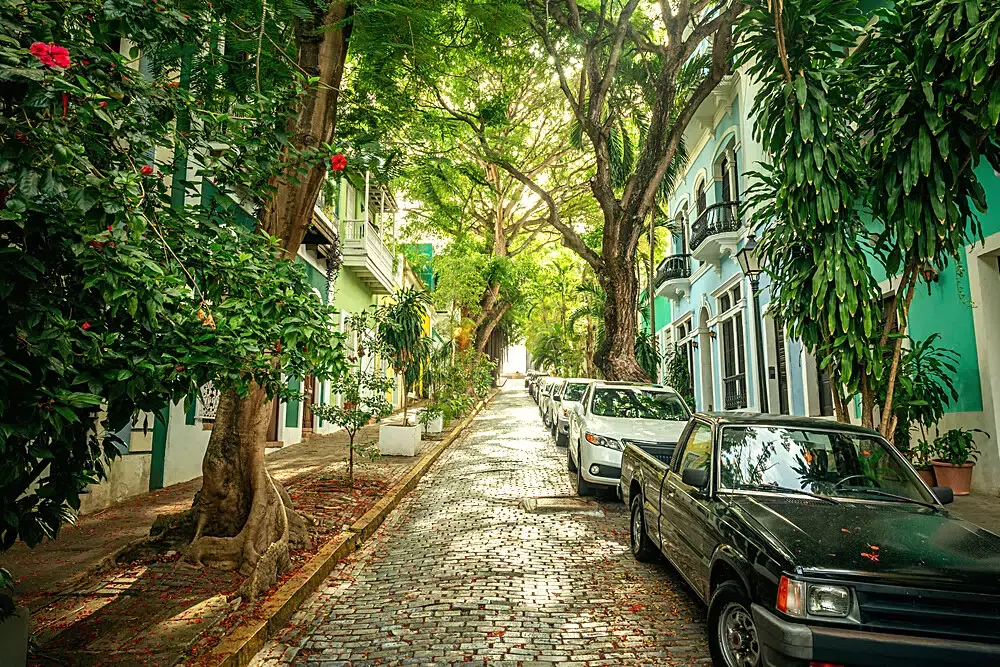
According to Marrero (known to his friends as ‘Monchito’), back in 1954, he noticed that holidaymakers had a habit of hitting the bar too early and ruining the rest of their day with the after-effects of ‘liquid breakfast’:
“Many people are not really big drinkers but often just like to sit at the bar and watch the lovely Caribbean scene before them. It is natural to hold a glass and sip something cool while enjoying this tropical setting but, before long, most folks start to feel the effects of their drinks and the rest of the day is ruined for them”
So he came up with the piña colada – a concoction of coconut cream, rum, and pineapple juice, created to give guests a buzz without sending them over the edge.
Twenty or so years on, La Barrachina, a tourist favourite in Old San Juan, erected a marble plaque at the entrance to their restaurant claiming that the piña colada was invented there.
Naturally, Caribe Hilton hit out against the claims, calling upon the manufacturers of Coco Lopez – the coconut cream most commonly used in the drink – to clear up the rumours once and for all.
Coco Lopez didn’t give a definitive statement either way, but the company’s gift of a TV to Marrero to mark the day he sold his three-millionth Piña Colada seems as good a clue as any that the credit for the tropical tipple is all his.
Hall of fame
‘If you like piña coladas and getting caught in the rain’ then you’ve probably heard the ‘piña colada song’ by Rupert Holmes (officially called ‘escape’).
The classic was originally written in 1979, and has since solidified its place in hotel bars and cringey karaoke clubs for the rest of time. Thanks a lot, Rupert.
What’s in it?
The piña colada is as simple as it is delicious.
The cocktail contains just three ingredients, making it easy on your wallet if you want to sip it in the comfort of your own home. The Marrero-approved recipe is as follows:
2 ounces light rum
1 ounce coconut cream
1 ounce heavy cream
6 ounces pineapple juice
Handful crushed ice
Simply pour all the ingredients into a blender, mix for about fifteen seconds, and garnish with either fresh pineapple or a candied cherry.
Voila! You’ve got yourself a slice of tropical paradise.
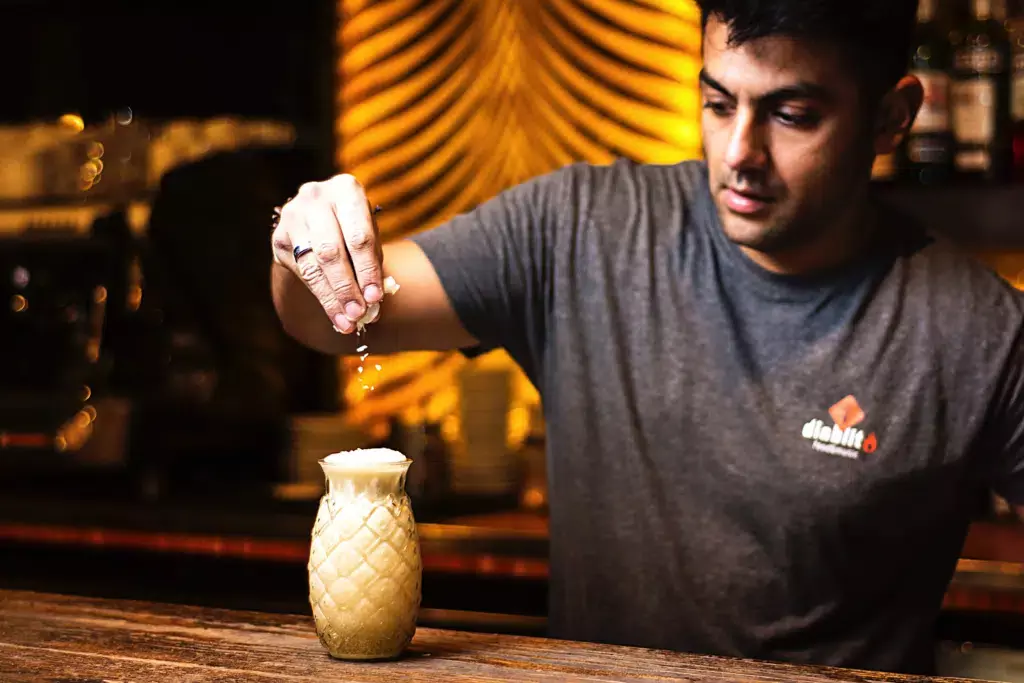
How it’s served
The classic piña colada receptacle is the ‘poco grande glass’ – a large bottomed glass that tapers towards the neck and flares out at the rim, hence its name (which translates to ‘little big’).
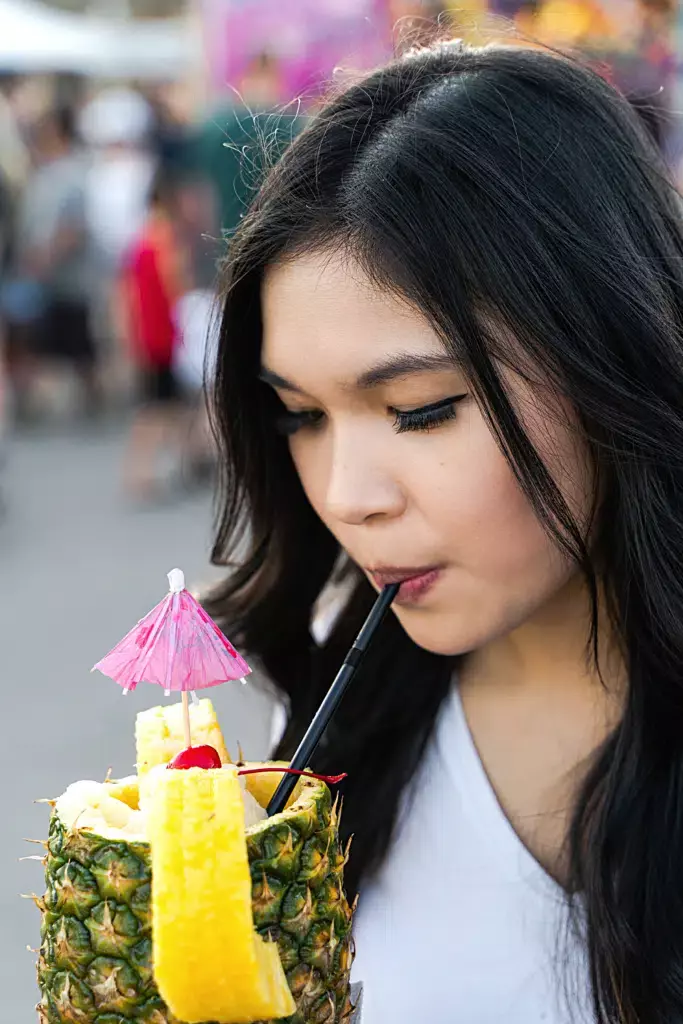
Even if you’re not a colada fan you’ll recognise the receptacle. The poco grande glass is commonly associated with cocktails, so much so that it’s the prototype for the tropical drink emoji (with a bit of a less dramatic silhouette).
Thanks to its exotic flavour, the piña colada is also commonly served in a variety of cup options that are better suited to its tropical vibe – think coconut shells, hollowed out pineapples, the lot.
Garnishes are also a must. A maraschino cherry and slice of pineapple is the original topping combination used, but paper umbrellas, sparklers, and coconut shavings have all since become synonymous with the famous island tipple.
Thanks to its exotic flavour, the piña colada is also commonly served in a variety of cup options that are better suited to its tropical vibe – think coconut shells, hollowed out pineapples, the lot.
Garnishes are also a must. A maraschino cherry and slice of pineapple is the original topping combination used, but paper umbrellas, sparklers, and coconut shavings have all since become synonymous with the famous island tipple.
Variants
Say you’ve had your fill of the classic colada – if that’s even possible – you might be on the lookout for some suggestions to help you switch it up a bit.
Flavoured vodkas can add a fun twist to your traditional piña colada, especially if you’re not a big fan of rum.
If you’re not one for the slushy consistency, try pouring the ingredients into a cocktail shaker and serving it on the rocks to get all the flavour with none of the sludge.
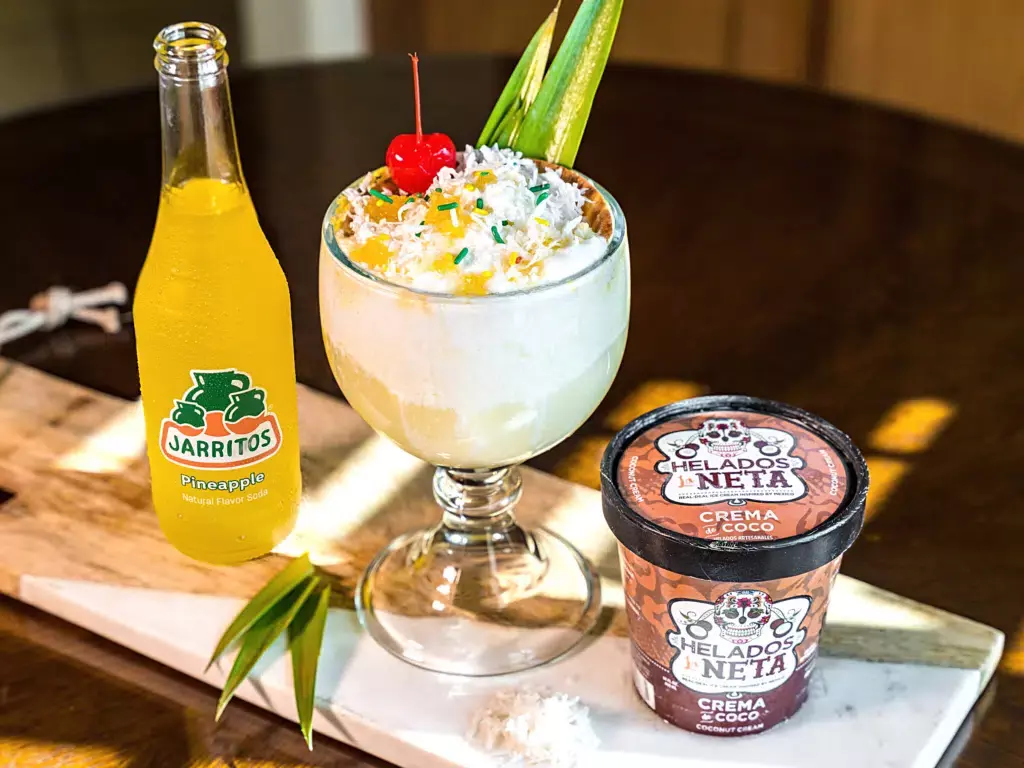
Do it yourself
The humble piña colada can be enjoyed the way Marrero intended with little effort, thanks to its three ingredient formula (the heavy cream is optional).
The trick with this one is to not overblend. A quarter of a minute should be enough to mix things up without the ice fully melting and turning your drink to watery slush.
Or, if you’re looking for a cheat version, there’s a whole host of companies that give you a delicious drinking experience with none of the hassle – Tapp’d Cocktails offer an impressive vegan alternative that comes pre-prepared and ready to go.
Not exactly rocket science – but the results are still out of this world.
Now go forth and piña colada! After you’ve spent so long learning about it, it’d be rude not to give it a try. You’re only a few months late for ‘National Piña Colada Day’, after all.






